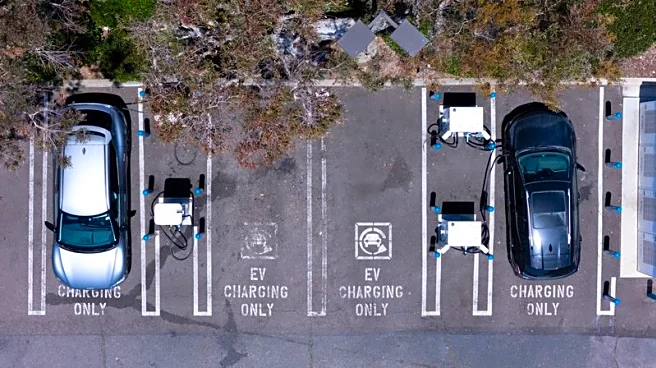What's Happening?
During a ferry crossing from Dieppe, France to Newhaven, UK, passengers were shocked when an adult film was mistakenly broadcast instead of the Formula 1 Mexican Grand Prix. The incident occurred on October
26th, when a technical fault delayed the ferry's journey, prompting passengers to request the race be shown on the lounge area televisions. After the race concluded, the channel inadvertently switched to an adult film, causing distress among families onboard. DFDS, the ferry operator, apologized for the incident and has since removed the channel from its list of available stations to prevent future occurrences.
Why It's Important?
This incident highlights the importance of media management and content oversight in public spaces, especially where families are present. The mistake led to significant distress among passengers, particularly children, and underscores the need for companies to ensure appropriate content is broadcasted. DFDS's swift response to remove the channel reflects a commitment to customer satisfaction and the prevention of similar incidents. The event also raises questions about the protocols in place for content selection and monitoring in public transport settings.
What's Next?
DFDS has taken steps to prevent a recurrence by removing the problematic channel from its available stations. This action is part of a broader effort to ensure passenger comfort and safety. The company may also review its content management policies and staff training to avoid similar mistakes in the future. Passengers affected by the incident may seek further assurances or compensation, prompting DFDS to enhance its customer service strategies.
Beyond the Headlines
The incident may lead to broader discussions about content regulation and the responsibilities of transport operators in managing media broadcasts. It could also influence industry standards for content oversight, prompting other companies to review their policies. The event serves as a reminder of the potential impact of media errors on public perception and trust in service providers.












